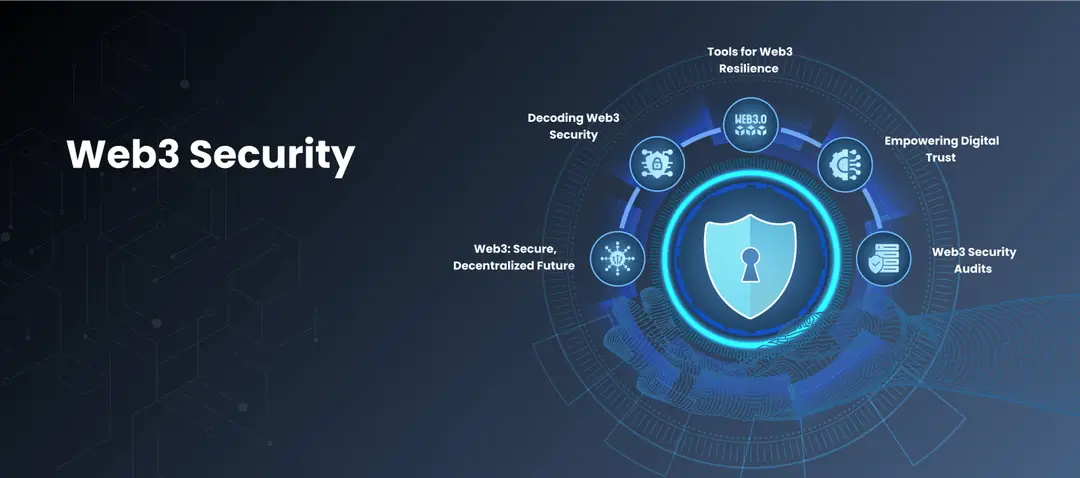Welcome to the Web3 world, where digital finance and applications are shown in a revolutionary way through the fusion of blockchain technology, cryptocurrencies, and a pioneering spirit. Are you overwhelmed by the wealth of terms in the Web3 world that you don’t understand? Are those slangs barriers for you to learn about Web3? Don’t worry! We’re here to explain the obscure terms to guide your learning. Today, we're diving into an exciting development in the world of Web3: [Execution Trace].
An execution trace is a detailed record of all operations performed during the execution of a smart contract or transaction on a blockchain. This includes each function call, state change, and intermediate computational step. Execution traces are indispensable for developers seeking to debug, optimize, and verify smart contracts, particularly within the irreversible and transparent nature of blockchain transactions.
How Execution Traces Work
Execution traces provide a step-by-step account of the execution flow of smart contracts, helping to pinpoint where issues may occur and verifying that processes comply with their intended logic.
1.Detailed Recording: Captures every computational step and state transition within a blockchain transaction.
2.Debugging Aid: Facilitates the identification and correction of errors in smart contract code.
3.Performance Optimization: Helps developers optimize the gas usage of smart contracts by highlighting inefficient operations.
Execution traces are vital for maintaining the reliability and security of smart contracts, which are the backbone of decentralized applications (dApps) on blockchain platforms like Ethereum. 1.Identify Bugs: Developers use execution traces to uncover logic errors or unexpected behavior in smart contracts.
2.Testing: Ensures that contracts behave as expected under various conditions by providing a clear view of contractual operations and outcomes.
1.Vulnerability Detection: Security experts analyze execution traces to find vulnerabilities that could be exploited maliciously.
2.Contract Verification: Confirms that contracts execute only the intended actions without any undesirable side effects.
1.Gas Usage Analysis: Helps reduce the cost of transactions by pinpointing areas where contract execution requires excessive gas.
2.Performance Enhancements: Assists in refining contract code to improve execution efficiency and speed.
Challenges and Considerations
While execution traces are highly beneficial, they also present challenges that must be managed effectively:
1.Large Data Volumes: Execution traces can generate significant amounts of data, especially for complex contracts, which may be difficult to manage and analyze.
2.Privacy Issues: The detailed information within execution traces could potentially expose sensitive business logic or user interactions if not handled properly.
Execution traces are an essential aspect of blockchain development and maintenance, providing developers with the detailed insights needed to ensure their applications are secure, efficient, and function as intended. As blockchain technology continues to evolve, the role of execution traces in enhancing transparency, security, and performance in Web3 cannot be overstated. They not only aid in the immediate debugging and optimization of smart contracts but also contribute to the long-term reliability and trustworthiness of blockchain platforms.

